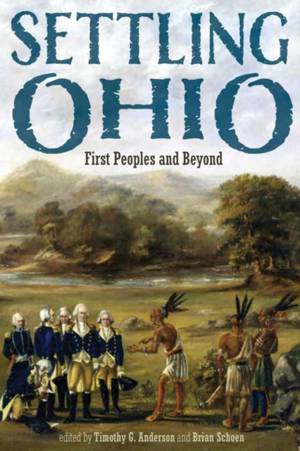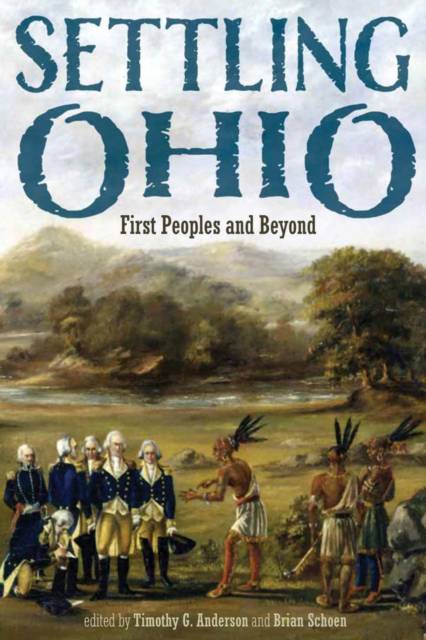
Je cadeautjes zeker op tijd in huis hebben voor de feestdagen? Kom langs in onze winkels en vind het perfecte geschenk!
- Afhalen na 1 uur in een winkel met voorraad
- Gratis thuislevering in België vanaf € 30
- Ruim aanbod met 7 miljoen producten
Je cadeautjes zeker op tijd in huis hebben voor de feestdagen? Kom langs in onze winkels en vind het perfecte geschenk!
- Afhalen na 1 uur in een winkel met voorraad
- Gratis thuislevering in België vanaf € 30
- Ruim aanbod met 7 miljoen producten
Zoeken
€ 40,45
+ 80 punten
Omschrijving
Scholars working in archaeology, education, history, geography, and politics tell a nuanced story about the people and dynamics that reshaped this region and determined who would control it. The Ohio Valley possesses some of the most resource-rich terrain in the world. Its settlement by humans was thus consequential not only for shaping the geographic and cultural landscape of the region but also for forming the United States and the future of world history. Settling Ohio begins with an overview of the first people who inhabited the region, who built civilizations that moved massive amounts of earth and left an archaeological record that drew the interest of subsequent settlers and continues to intrigue scholars. It highlights how, in the eighteenth century, Native Americans who migrated from the East and North interacted with Europeans to develop impressive trading networks and how they navigated complicated wars and sought to preserve national identities in the face of violent attempts to remove them from their lands. The book situates the traditional story of Ohio settlement, including the Northwest Ordinance, the dealings of the Ohio Company of Associates, and early road building, into a far richer story of contested spaces, competing visions of nationhood, and complicated relations with Indian peoples. By so doing, the contributors provide valuable new insights into how chaotic and contingent early national politics and frontier development truly were. Chapters highlighting the role of apple-growing culture, education, African American settlers, and the diverse migration flows into Ohio from the East and Europe further demonstrate the complex multiethnic composition of Ohio's early settlements and the tensions that resulted. A final theme of this volume is the desirability of working to recover the often-forgotten history of non-White peoples displaced by the processes of settler colonialism that has been, until recently, undervalued in the scholarship.
Specificaties
Betrokkenen
- Uitgeverij:
Inhoud
- Aantal bladzijden:
- 292
- Taal:
- Engels
- Reeks:
Eigenschappen
- Productcode (EAN):
- 9780821425275
- Verschijningsdatum:
- 6/06/2023
- Uitvoering:
- Paperback
- Formaat:
- Trade paperback (VS)
- Afmetingen:
- 152 mm x 226 mm
- Gewicht:
- 417 g

Alleen bij Standaard Boekhandel
+ 80 punten op je klantenkaart van Standaard Boekhandel
Beoordelingen
We publiceren alleen reviews die voldoen aan de voorwaarden voor reviews. Bekijk onze voorwaarden voor reviews.








